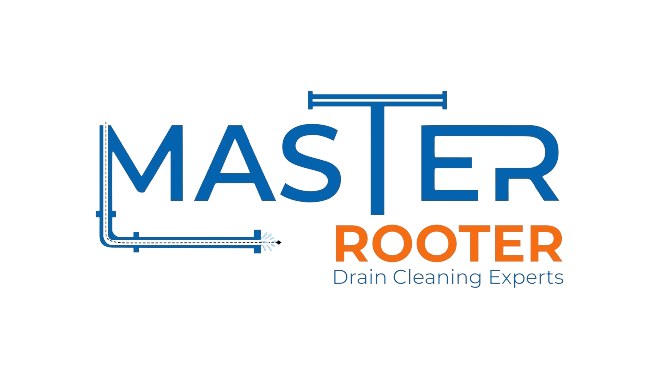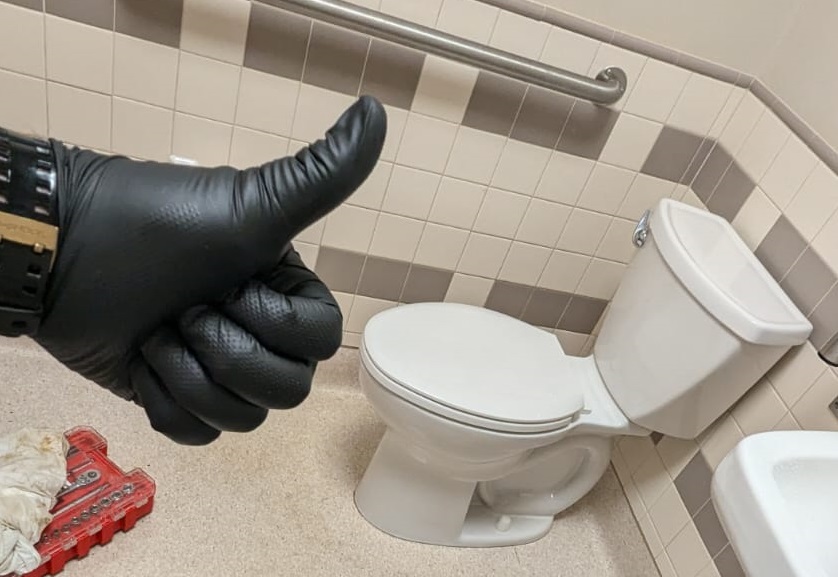Toilets are generally reliable fixtures, but when they start leaking, it can be a real headache. Not only does a leaking toilet waste water, but it can also cause water damage to your bathroom floor and surrounding areas. Understanding where your toilet might be leaking from can help you address the problem swiftly and effectively. In this blog, we’ll explore the common sources of toilet leaks and provide tips on how to fix them.
1. Base of the Toilet
Symptoms: If you notice a puddle or dampness around the base of your toilet, it’s often a sign that the leak is coming from the base.
Possible Cause: The most common cause of a leak at the base is a faulty wax ring or seal. The wax ring sits between the toilet and the floor, creating a watertight seal.
Solution: To fix this, you’ll need to replace the wax ring. Start by turning off the water supply to the toilet and draining the tank. Remove the toilet by unscrewing the bolts that hold it in place, lift it off, and replace the old wax ring with a new one. Reinstall the toilet and tighten the bolts.
2. Tank-to-Bowl Connection
Symptoms: Water pooling around the bottom of the tank or between the tank and the bowl is a sign of a leak in this area.
Possible Cause: Leaks here are often due to a defective gasket or loose bolts that connect the tank to the bowl.
Solution: Check the bolts and tighten them if they are loose. If that doesn’t solve the problem, you might need to replace the gasket. Turn off the water supply and drain the tank, then remove the tank from the bowl to replace the gasket.
3. Tank Overflow
Symptoms: If water is dripping from the top of the tank or you see water running continuously down the overflow pipe, it’s a sign of an issue with the overflow system.
Possible Cause: This can be due to a malfunctioning fill valve, a misadjusted overflow pipe, or a faulty flush valve.
Solution: Check the fill valve and adjust it if necessary to ensure it’s not set too high. If the fill valve is faulty, you’ll need to replace it. Ensure the overflow pipe is properly aligned and not cracked.
4. Water Supply Line
Symptoms: Leaks around the base of the tank or on the floor near the toilet can sometimes be traced back to the water supply line.
Possible Cause: Leaks at this connection can be due to a loose connection or a cracked line.
Solution: Tighten the connection between the water supply line and the tank. If the line is cracked, you’ll need to replace it. Make sure to turn off the water supply before making any adjustments.
5. Cracks in the Tank or Bowl
Symptoms: If you notice water pooling around the toilet with no apparent source, it could be due to a crack in the tank or bowl.
Possible Cause: Cracks can develop over time due to pressure or accidental damage.
Solution: Unfortunately, cracks in the tank or bowl usually mean that the toilet needs to be replaced. If the crack is minor and you catch it early, you might be able to use a specialized sealant, but this is often a temporary fix.
Final Tips
Act Quickly: Address any leaks as soon as you notice them to prevent water damage and higher repair costs.
Regular Maintenance: Regularly inspect your toilet and its components to catch issues before they become major problems.
Professional Help: If you’re unsure or uncomfortable performing repairs yourself, don’t hesitate to call a professional plumber.
By knowing where to look and how to address common leaks, you can keep your toilet functioning properly and your bathroom dry. Regular maintenance and prompt repairs are key to avoiding more extensive issues down the line.
Like us on Facebook
Check us out on Google
Check out our Services

